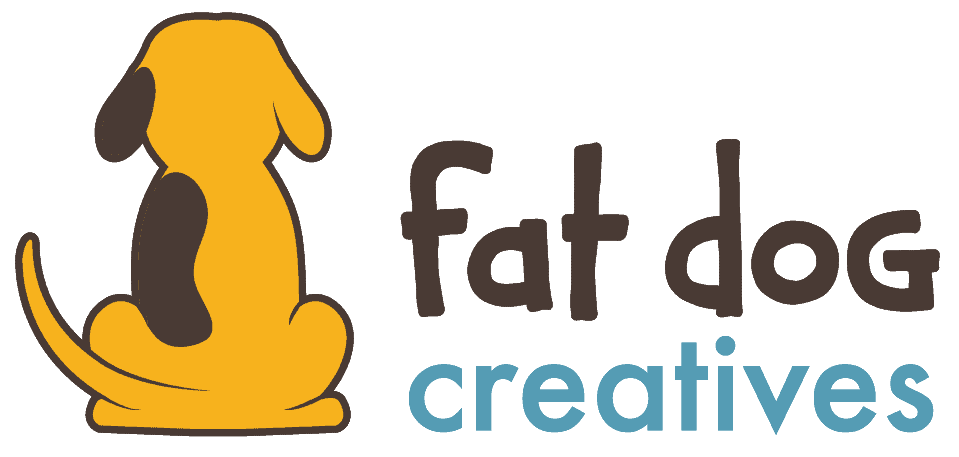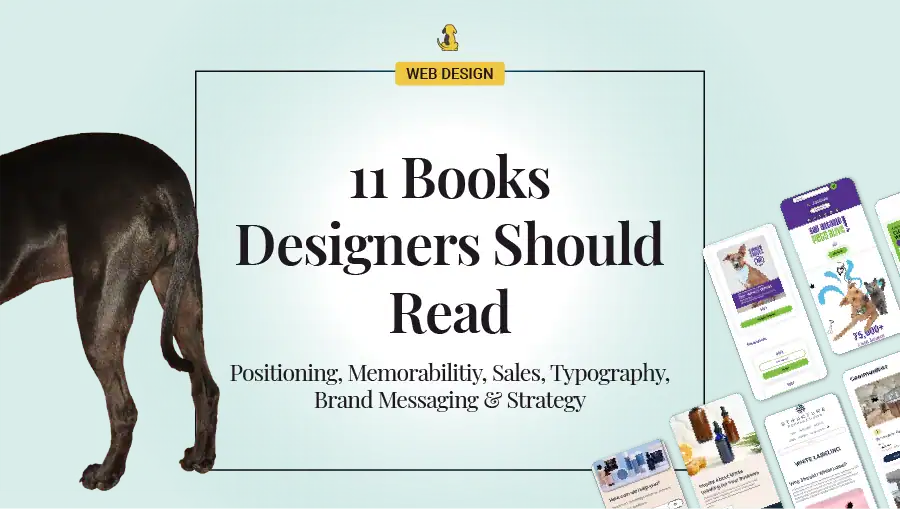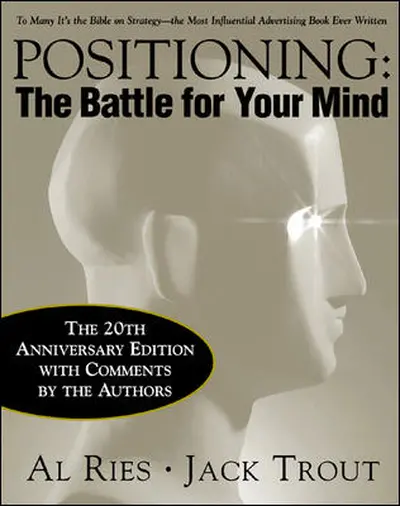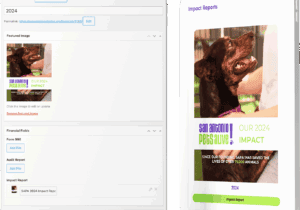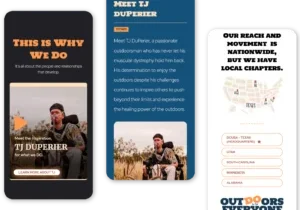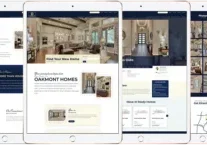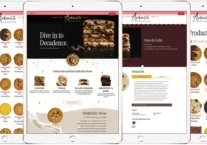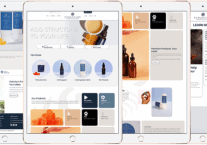11 Books Designers Should Read
Share this article.
A list of my favorite design and strategy books.
Now that I’m teaching at a local university, I’m asked often about what books I read or recommend for further reading. So, I’ve compiled a short list of my favorites thus far.
Whether you’re a design student or have been in design but looking for more, you can benefit from the content in the books listed below. If you want to be a better designer, want to succeed, and want to be a leader, this short-list is a great reading list.
Positioning: The Battle for Your Mind
Positioning: The Battle for Your Mind by Al Ries and Jack Trout was written in 1980, but the principles are still applicable. In fast, it seems so forward-thinking for its time. Were they predicting our future?
We thought forty years ago that we were bombarded with messages, marketing overload. But, it was only the beginning. With so much already in the world, what can make a brand take up permanent residence in the minds of buyers?
If you create a new category by finding a gap in the market, you can dominate it. Knowing that people only remember the top 3 brands in any given category, try to make a list of product categories with as many name brands in each as you can. You might be surprised you can only name the first few for the majority.

Made to Stick
Made to Stick by Chip & Dan Heath provide a framework for making your core message memorable–how to formulate a message that ‘sticks’ in the minds of the listeners.
Six key characteristics include:
- Simple
- Unexpected
- Credible
- Concrete
- Emotional
- Story
The Win Without Pitching Manifesto
The Win Without Pitching Manifesto by Blair Enns is the ideal book for creative entrepreneurs no matter what stage their business is in. Learn that you should talk about money early so no one wastes time only to find out they can’t afford you. Have more conversations to position yourself as the expert so you can stop pitching to “hopefully” win the work. Always have a conversation early with whoever the final decision-maker is (basically, sales 101).

Nail it!
Nail it! by Ted Leonhardt isn’t just a book; it’s a diary and motivational journal. The big message, “Don’t let a negotiation intimidate you!” He includes real stories from to demonstrate strategies for:
- negotiating job offers,
- salaries,
- contracts, and
- raises.
Universal Principles of Design
Universal Principles of Design by William Lidwell is a great resource for designers of all disciplines. This “design dictionary” includes a description of the principle, its application, and pictorial examples.
The Elements of Typographic Style
The Elements of Typographic Style by Robert Bringhurst is a must-have book for designers and anyone interested in typography. Bringhurst discusses the history and principles of typography, including letter forms and typesetting. The only way to effectively break the rules is to first understand them.
Thinking With Type
Thinking With Type by Ellen Lupton is the definitive guide to using typography in all visual communications. Learn the rules of typographic forms and style and how to break them. This book is ideal for designers, copywriters, students, and anyone else who works with words.
Building a Story Brand
Building a Story Brand by Donald Miller explains the process for good storytelling and how to apply it to business sales writing. “Transform the way you talk about who you are, what you do, and the unique value you bring to your customers” with:
- The seven universal story principles all humans respond to;
- The real reason customers make purchases;
- How to simplify a brand message so people understand it; and
- How to create the most effective messaging for websites, brochures, and social media.
The Brand Flip, The Brand Gap & Zag
“A brand isn’t what you say it is – it’s what they say it is.”
—Marty Neumeier
The Brand Gap presents five disciplines to help companies bridge the gap between brand strategy and customer experience. In this book, Neumeier discusses:
- the new definition of brand
- the five essential disciplines of brand-building
- how branding is changing the dynamics of competition
- the three most powerful questions to ask about any brand
- why collaboration is the key to brand-building
- how design determines a customer’s experience
- how to test brand concepts quickly and cheaply
- the importance of managing brands from the inside
- 220-word brand glossary
The Brand Flip moves us from a company-driven past to the consumer-driven future, the evolution of branding as we know it. Your brand community is your tribe to lead. No longer will you offer products, value protection, have cost-based pricing, use market segments, and gage customer satisfaction. You’ll flip your brand strategy to:
- offer meaning,
- create value,
- value relationships,
- build brand tribes, and
- empower customers.
“When everybody zigs, zag.”
—Marty Neumeier
In Zag Neumeier explains:
- Why me-too brands fail
- How to read customer feedback
- The 17 steps for designing difference
- How to turn your brand’s “onliness” into a trueline
- The secrets of naming
- Dangers faced by brand portfolios
- How to stretch your brand
- How to succeed in the competition cycle
The list at-a-Glance
- Positioning: The Battle for Your Mind by Al Ries and Jack Trout
- Made to Stick by Chip & Dan Heath
- The Win Without Pitching Manifesto by Blair Enns
- Nail it! by Ted Leonhardt
- Universal Principles of Design by William Lidwell
- The Elements of Typographic Style by Robert Bringhurst
- Thinking With Type by Ellen Lupton
- Building a Story Brand by Donald Miller
- The Brand Flip by Marty Neumeier
- The Brand Gap by Marty Neumeier
- Zag by Marty Neumeier
